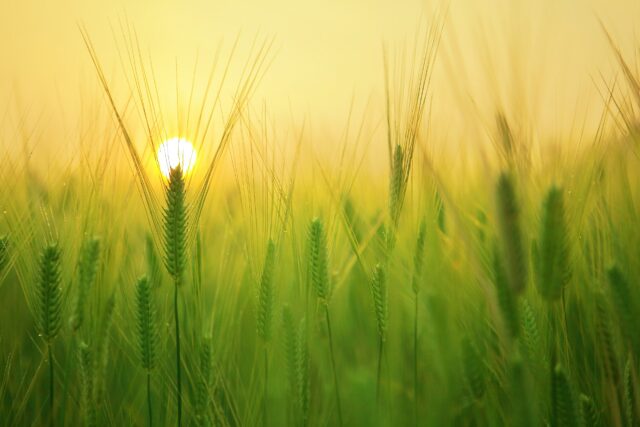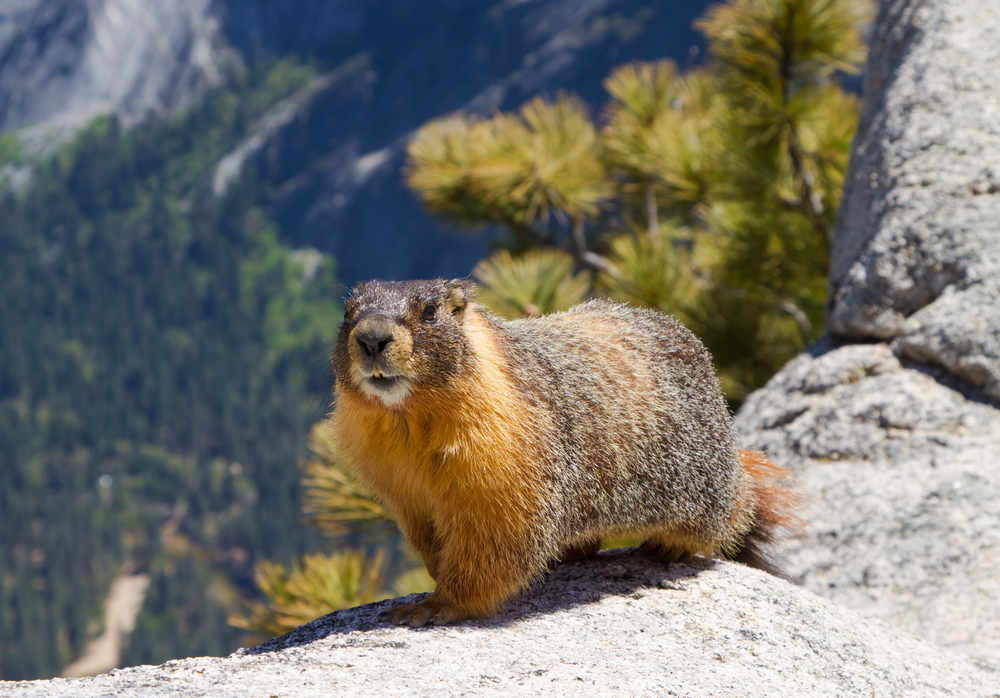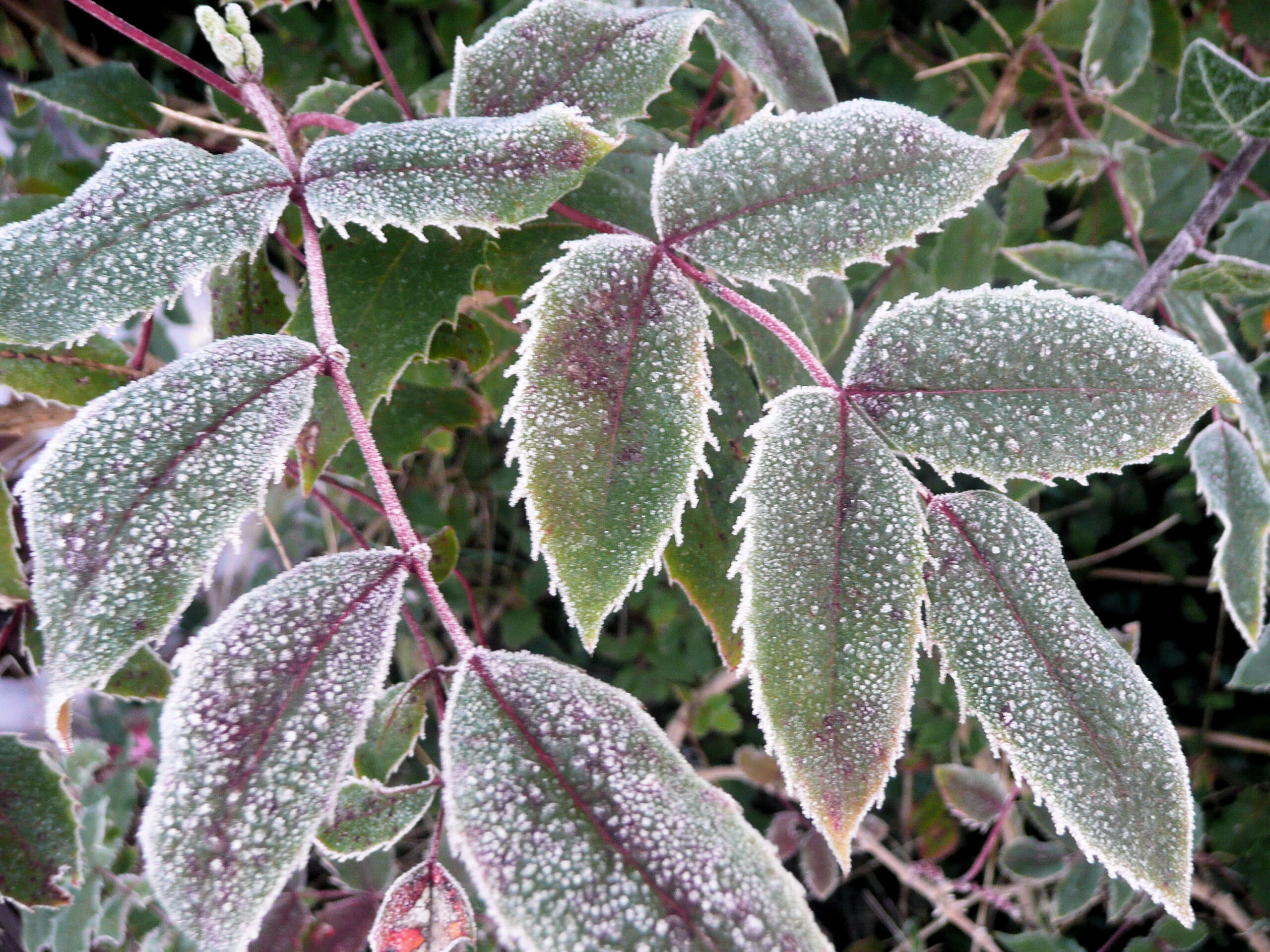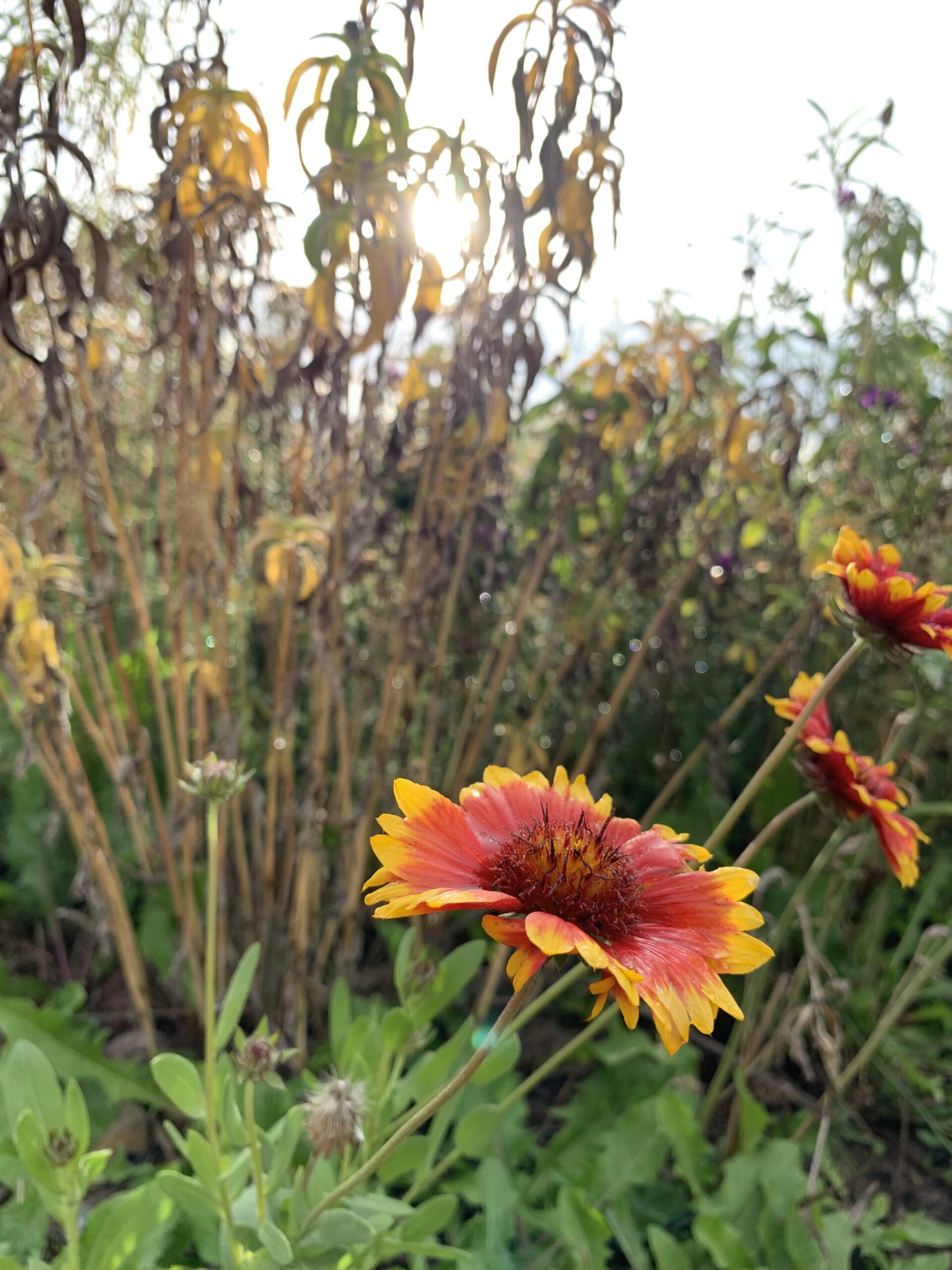By Jessie Walthers, Conservation Program Manager Groundhog Day. Who doesn’t love this most random of…

How to Reduce Soil & Nutrient Loss
Productivity of your cash crop is always important. Whether your cash crop is carrots in a small backyard garden, or corn at an industrial scale, you need to maximize what you get out of your land. New research is showing that there’s a simple, cost-effective way to maximize your cash crop productivity… but, it might seem counterintuitive.

At the most basic level, what are the essential ingredients to successfully growing plants? Healthy soil, key nutrients, and the right amount of water.
Healthy soil depends on microorganisms. These microscopic critters break down nutrients into forms that plants can absorb in exchange for the simple carbohydrates produced by plants. A larger diversity of plants leads to a larger diversity of microorganisms that can break down more nutrients. Similar to the good bacteria in our gut that helps us digest our food, it’s a symbiotic relationship at its best.
The right amount of water can be tricky, even with advanced irrigation systems. The soil needs to have the right amount of pore space for water to percolate inside but not so much that it runs through (and eventually out) of the soil too quickly. Water can also cause issues with erosion or damage the soil structure.
So, what’s a farmer to do?
According to new research, converting just 10% of crop land to strips of native vegetation can reduce soil loss by 95%, reduce overland water flow by 37%, and reduce loss of nitrogen and phosphorus by 70% and 77% respectively.
Converting crops to native vegetation may sound like a waste of valuable agricultural land. However, studies are showing that the long-term benefits outweigh the costs because the essential ingredients for plant growth are maintained – healthy soil, key nutrients, and the right amount of water.
Reducing the area of available cropland may still sound like a tough pill to swallow, but strips of native vegetation can be planted in the least profitable areas. Do you have areas that are too wet to plant in the spring or too dry in the summer? Or, areas that are notorious for weeds or can’t be reached with irrigation? These are the locations where planing native vegetation can make all the difference.
For a summary of some recent research, check out this article:
Prairie strips transform farmland conservation: Converting low-profit land brings big returns



